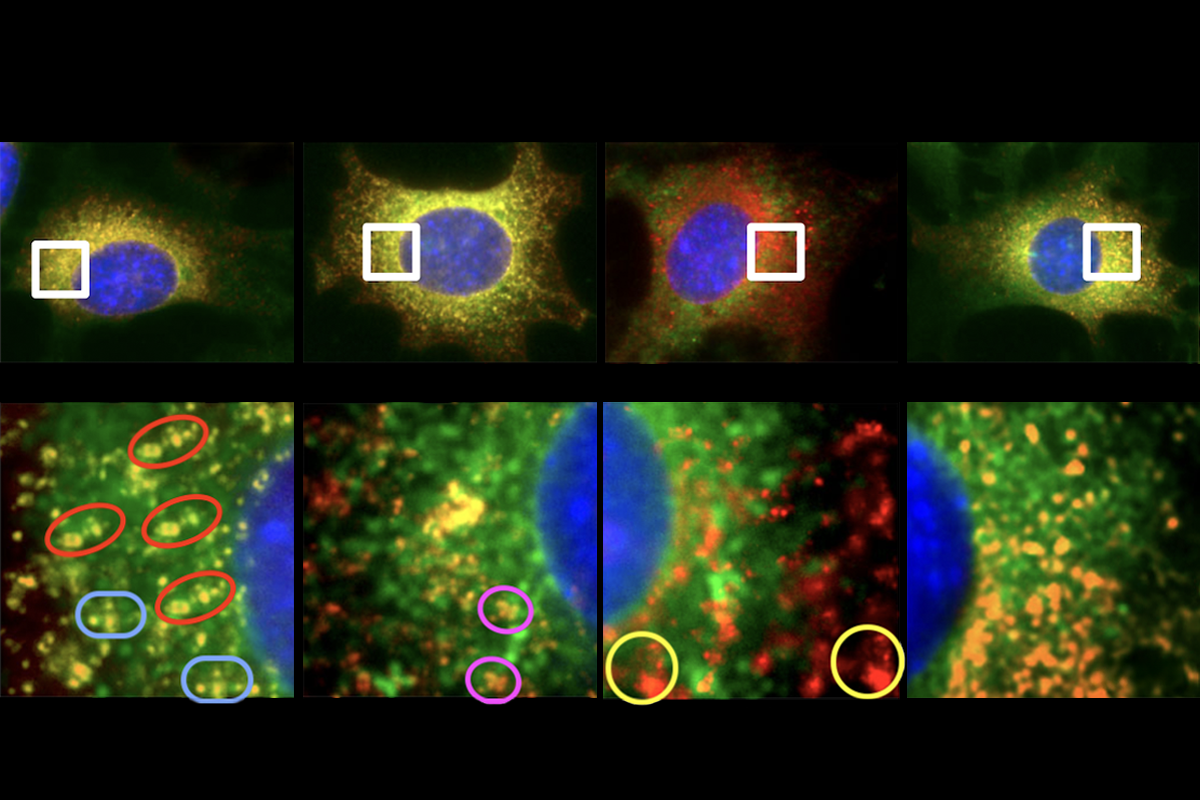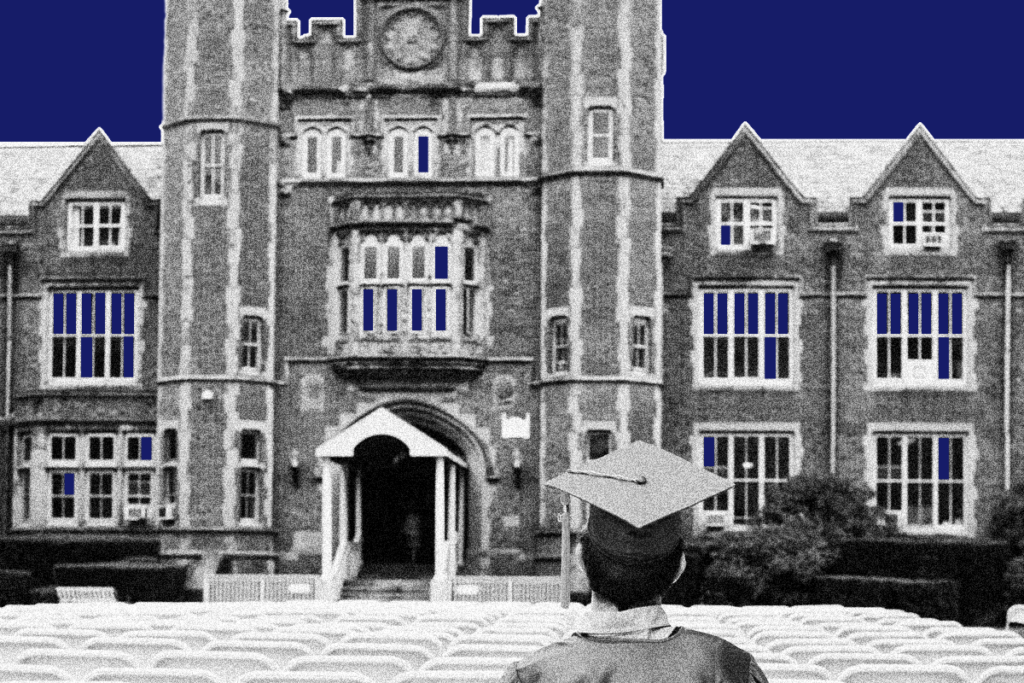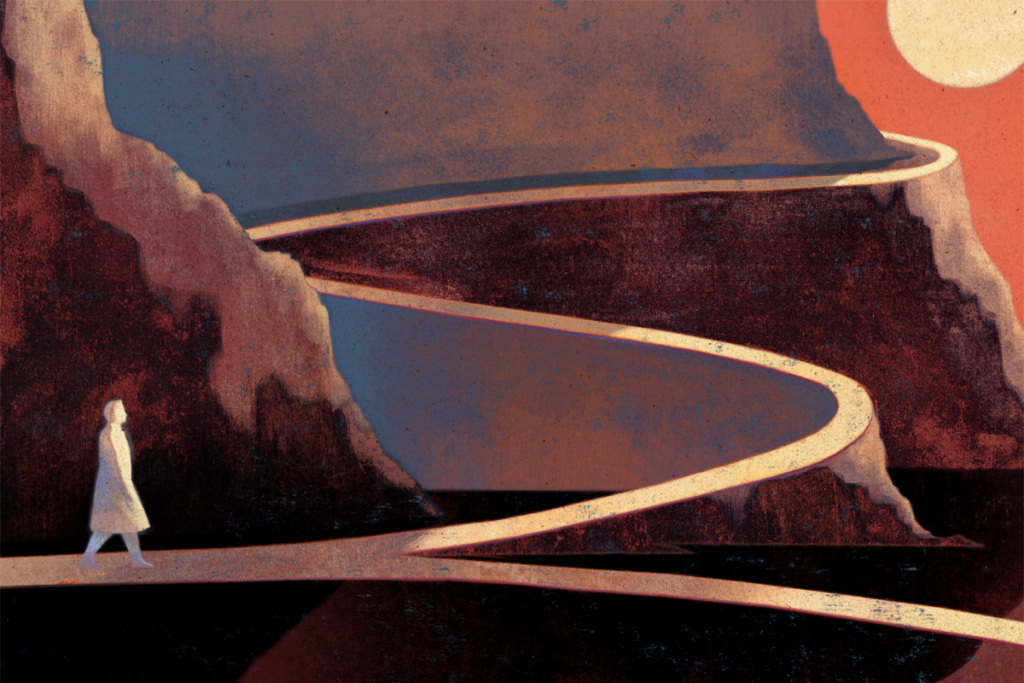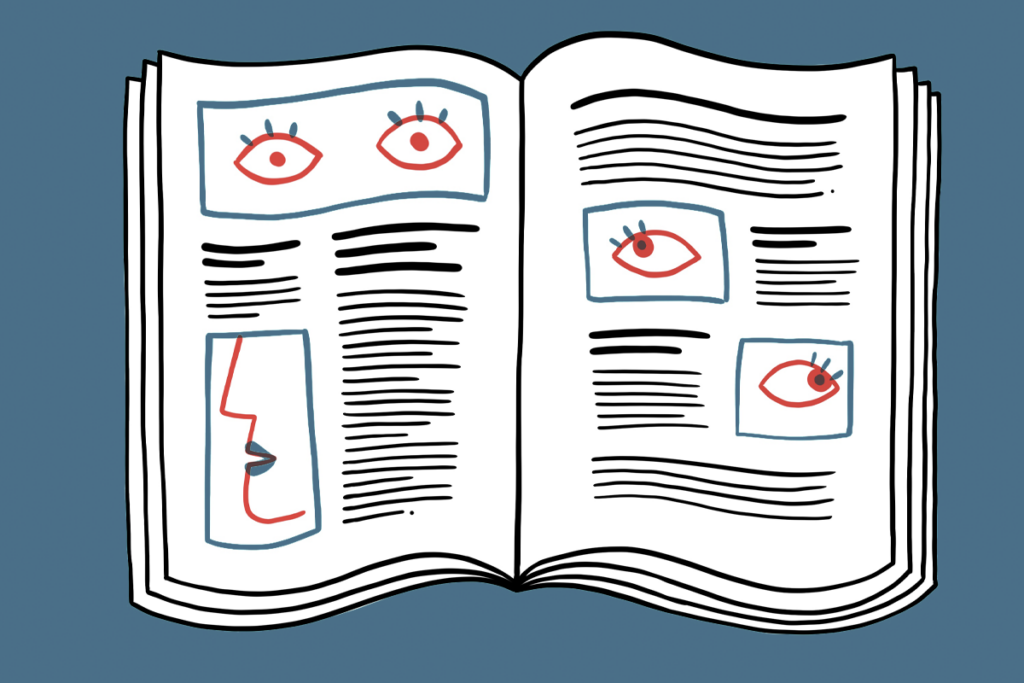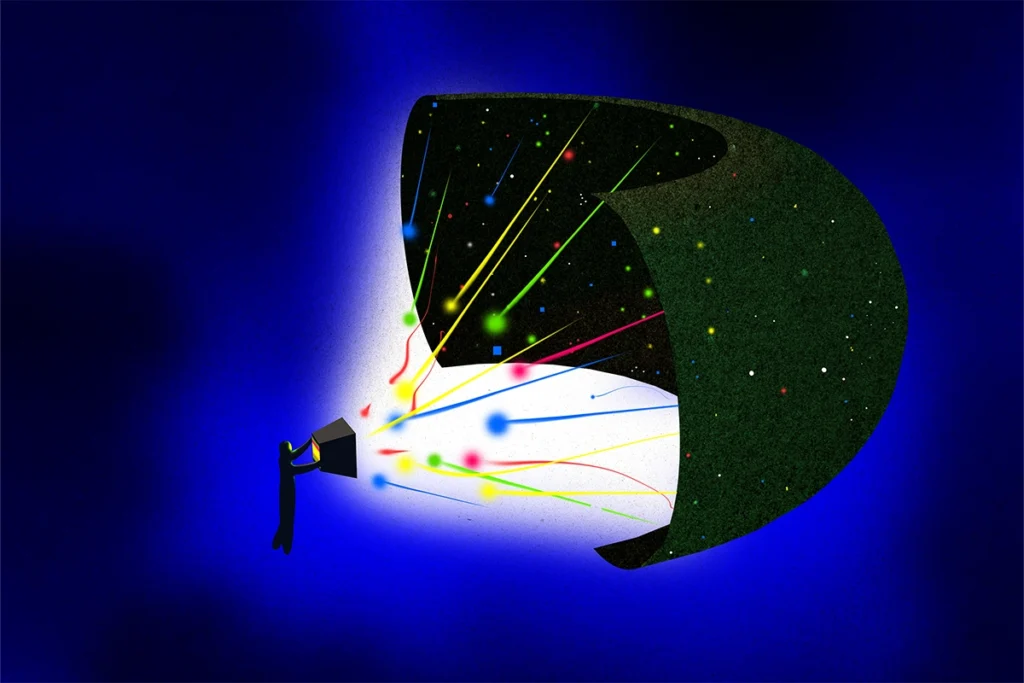A data sleuth has flagged potentially duplicated or manipulated images in 25 studies by researchers at the University of Maryland.
One of these papers, a 2021 Science Advances study on neural tube defects, received an editorial expression of concern on 21 May, after the journal learned that an institutional review of the potential problems is underway.
All of the studies are co-authored by Peixin Yang, a well-known scientist who studies neural tube defects at the University of Maryland School of Medicine, where he is director of the Center for the Study of Birth Defects and vice chair for research. Renowned data-integrity consultant Elisabeth Bik found the potential problems and posted her findings on PubPeer two months ago after scrutinizing about 100 of Yang’s studies. She had concerns “not just in one figure, and not just one potential duplication,” she says. “There’s multiple in multiple panels, and there’s other papers that have similar problems.”
The fact that Yang is the common author across the studies does not necessarily mean he is the one who committed the image manipulation, Bik says. Some of the studies also have other repeat authors: 5 papers include Wei-Bin Shen, associate professor of obstetrics, gynecology and reproductive sciences at the University of Maryland, and 10 studies include E. Albert Reece, professor in the same department. Yang, Shen and Reece did not respond to multiple requests for comment. The university’s Research Integrity Office and the Office of Research Affairs also did not respond.
Due to the scope of the image alterations across many papers, “this is a bigger and more nefarious problem than just reproducibility,” says Robert Cabrera, associate professor of cell and molecular biology at Baylor College of Medicine, who studies birth defects but was not involved in any of the papers that have been called into question. “I don’t think that [the Science Advances study] was just a bad cut-and-paste kind of error. It looks like a problem, whatever it is. There are some systemic problems there.”
If studies are published that are not based on reliable results, other researchers might waste their time and resources following up on futile lines of work, Cabrera says. It can result in drugs such as rapamycin—which Yang’s work suggests might be a potential treatment for neural tube defects—being used in ways that might be harmful, and sow mistrust in the research endeavor, he adds. “If somebody’s manipulating data or falsifying data, or any of these things, then it really breaks that entire trust. It breaks the whole system.”
B
ik says she started systematically looking into Yang’s work in April when a researcher contacted her with concerns about a figure in a 2019 study in Nature Communications. The researcher pointed out that the enlarged photo in figure 4B, which depicts immunofluorescence for a protein involved in neural tube closure and a protein of the endoplasmic reticulum, did not match the inset. But Bik says what she found was much worse: In that figure, there were fluorescent signals that were repeated, which was highly unlikely. “Now we’re talking about what appears to be photoshopped repeats,” she says. “You wouldn’t expect these repetitive patterns in nature.” She posted her findings on PubPeer that same month. Nature Communications is “now looking into the matter carefully,” according to a spokesperson.Among the 25 studies Bik flagged, at least 7 of them are related to neurodevelopment, in particular looking at mechanisms of neural tube defects. The Science Advances study, for example, looked at how senescence disrupts neurulation and leads to neural tube defects, and how rapamycin can block this process. Cabrera says he discussed the study in a journal club when it came out and remembers having questions about the dose of rapamycin.
Cabrera says he also tried to replicate the findings but failed because the rapamycin dose was toxic rather than helpful. “This is not reproducible because it looks like it may have never worked,” he says. As of 9 June, the study has been cited 42 times, according to Google Scholar.
A spokesperson for Science Advances told The Transmitter that readers alerted the journal to the alleged problems in the paper. The journal then contacted the study authors, who said that the University of Maryland School of Medicine was conducting an investigation, according to the spokesperson.
Yang’s team has also conducted research outside of the neurodevelopment field. A study on how SARS-CoV-2 infiltrates the brain, which the researchers posted on bioRxiv in February 2022, also contained potentially reused images, Bik wrote on PubPeer that same month. At the time, she was investigating COVID-19-related studies. Later that month, the authors posted another version of the preprint to address Bik’s concerns. But when she started delving into Yang’s body of work more closely in April 2025, she found new potential problems, which she reported in a follow-up PubPeer post that month. The authors withdrew the preprint from bioRxiv in April 2025; a message on the preprint server states that the “data is being questioned by the authors. Therefore, the authors do not wish this work to be cited as reference for the project.”
Preprint co-author Montasir Elahi, a research associate at the University of Maryland, responded to Bik on PubPeer in May 2025, stating that “this mistake was done during copying of the images. As it was an preprint I did not align all of my raw image file with the image data. I will correct this problem during our next submission.”
Another study, published in 2018 in Stem Cells and Development, titled “High glucose inhibits neural stem cell differentiation through oxidative stress and endoplasmic reticulum stress,” contains Western blots that look similar to those found in other papers by the same team, Bik reported on PubPeer in April. That study is now under investigation by the research integrity team at Sage Publishing, which owns Mary Ann Liebert, Inc., publisher of Stem Cells and Development, according to Graham Parker, assistant professor of pediatrics at Wayne State University and editor-in-chief of the journal.
Although the investigation is still ongoing, the concerns with image reuse and manipulation cast a shadow on Yang’s body of work, Cabrera says. “You’re breaking the trust in the community,” he says. “And that’s really a grave concern for everyone.”
